Killing grass in flower beds: 5 methods for success
Discover the best solutions for killing grass in flower beds without harming the environment, and get rid of this common border weed that plagues gardeners
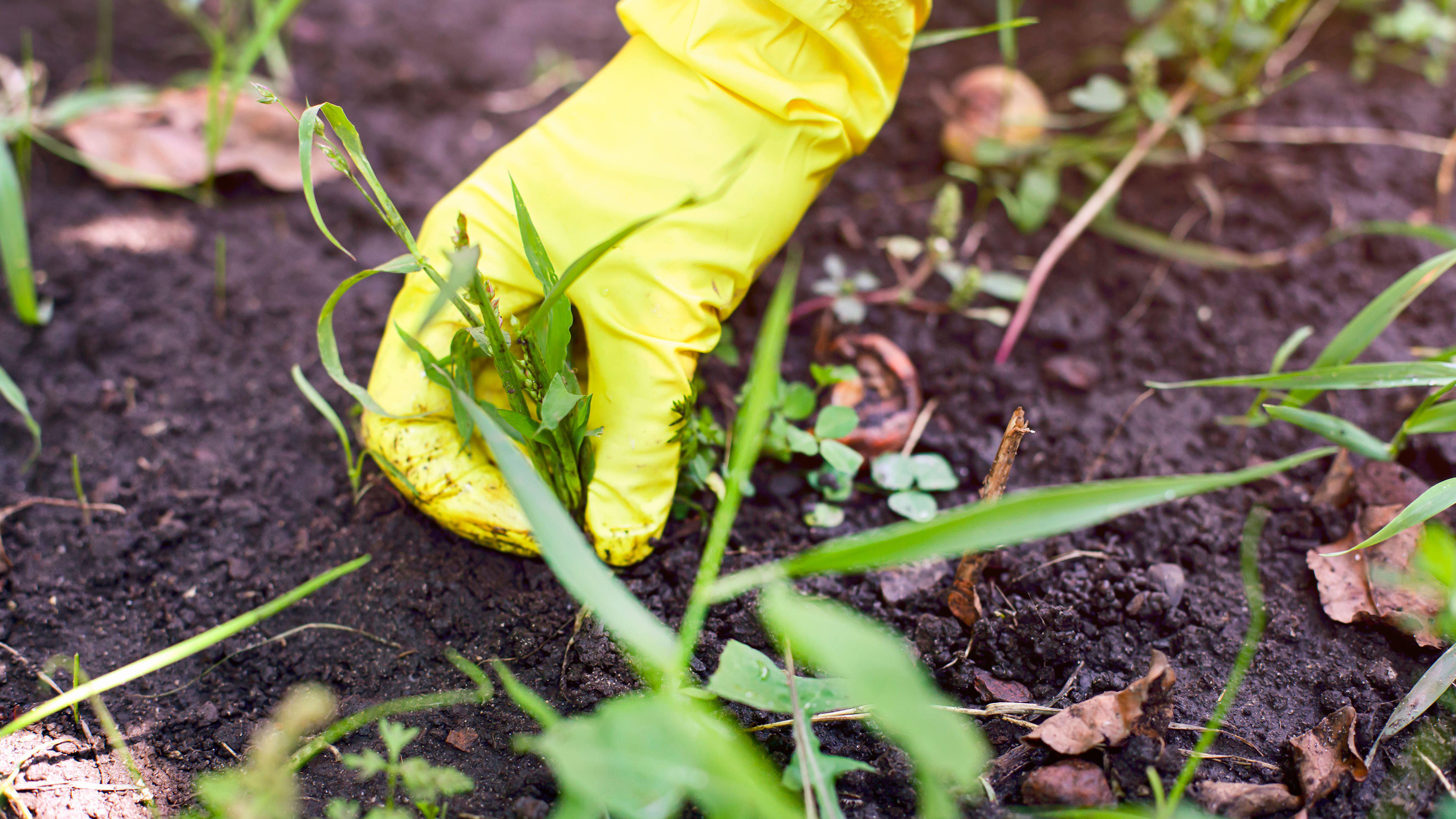

If you don't know the best methods for killing grass in flower beds, this common weed can prove to be infuriating. It can spread quickly in the right weather conditions and, left to its own devices, will soon turn your borders into extensions of the lawn.
The most evil type is couch grass (also known as twitch grass), which has creeping stems that form a network under the soil and knot themselves around the roots of other plants. It can knit itself through your lawn edging ideas and into your flower beds, swiftly taking over your planting schemes.
It is tempting to reach for the weedkiller, but doing so could harm – or kill – the surrounding plants; weedkiller also damages the soil’s biodiversity, which keeps plants healthy and floriferous. Thankfully, there are eco-friendly ways to rid yourself of a grass invasion.
You'll also find that some recommended natural methods for killing grass in flower beds, such as pouring on boiling water or vinegar, like with chemical solutions, might actually cause more harm than good to the rest of your planting.
5 easy ways for killing grass in flower beds
If you find your flower bed and garden border falling victim to grass then try one or more of these methods to keep them clear.
1. Pull grass up by hand
'The best method is really to dig grass up by hand when it gets into flower beds,' says Emma O’Neill, Head Gardener at Garden Organic, near Coventry. 'It depends on the type of grass, but for annual and meadow grasses, it’s most effective to use a hand fork.'
This might seem like a mountain to climb if grass has spread its way through a large flower bed or garden border, so tackle it one bit at a time. If you keep weeding regularly, you will gradually bring it under control and eradicate it.
This technique is also a good option for how to get rid of lawn weeds.
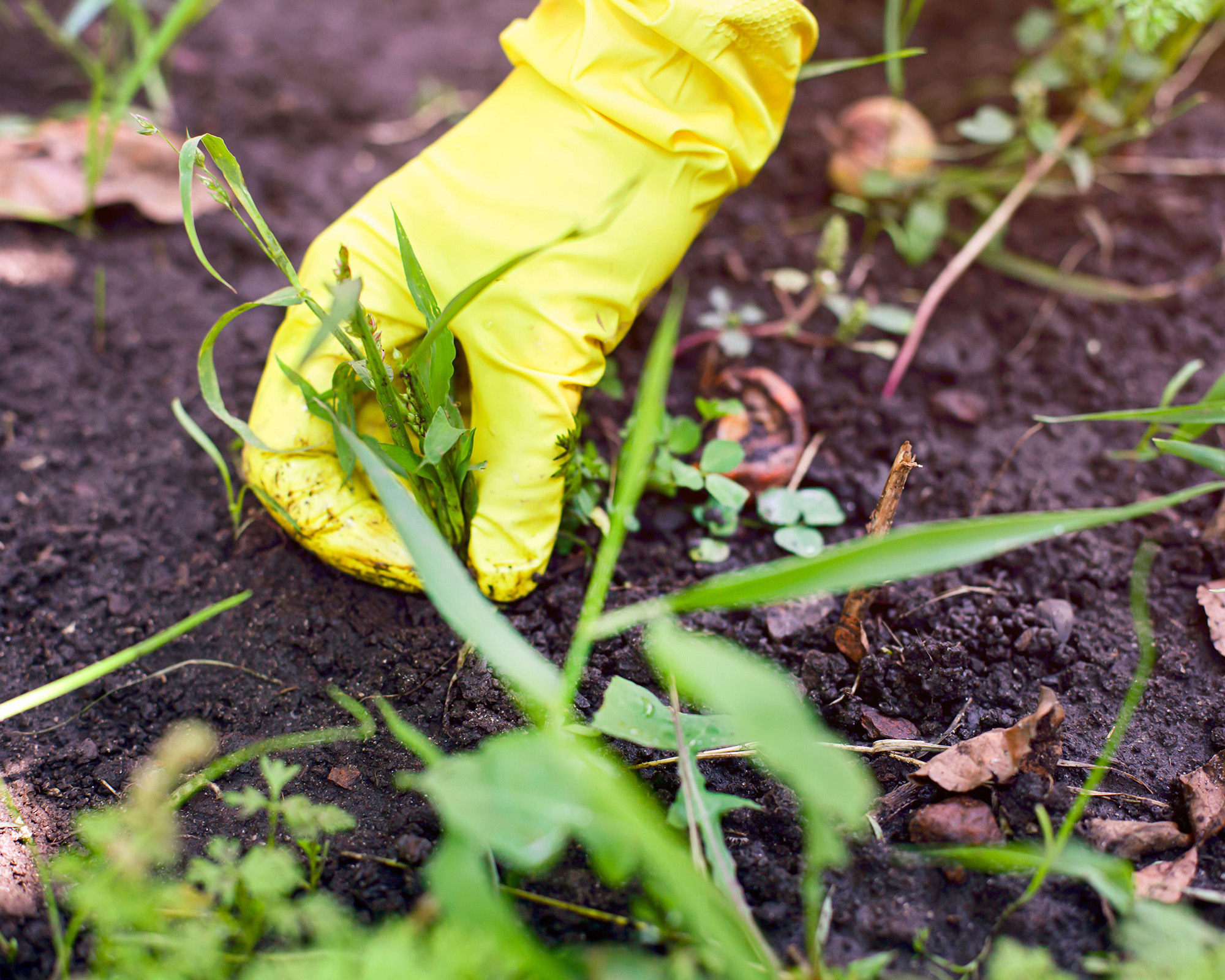
When pulling up grass in flower beds by hand ensure you get the whole root
2. Create a sun barrier
Covering grass in flower beds with a barrier that blocks out sunlight is a great eco-friendly option for how to get rid of weeds and stop them from spreading. 'If it’s a pernicious grass that is trickier to remove, such as couch grass, which has long white roots, I would cover it,' advises Emma O’Neill at Garden Organic.
This is a technique which is used in no-dig gardening too. 'Place cardboard or black sheeting over it, before digging it out. The cover cuts out the light source and therefore kills the grass. Leave it for a month and then lift the cover and see what it looks like – you may need to leave the cover on for longer, before removing the dead grass. The more you use this covering technique, the weaker the grass network gets, and eventually you win the battle!'
You can buy black landscape fabric (sometimes made from recycled materials) or use sections of cardboard or carpet. It’s worth visiting carpet dealers to see if they have green carpet offcuts, as green blends in well with plants.
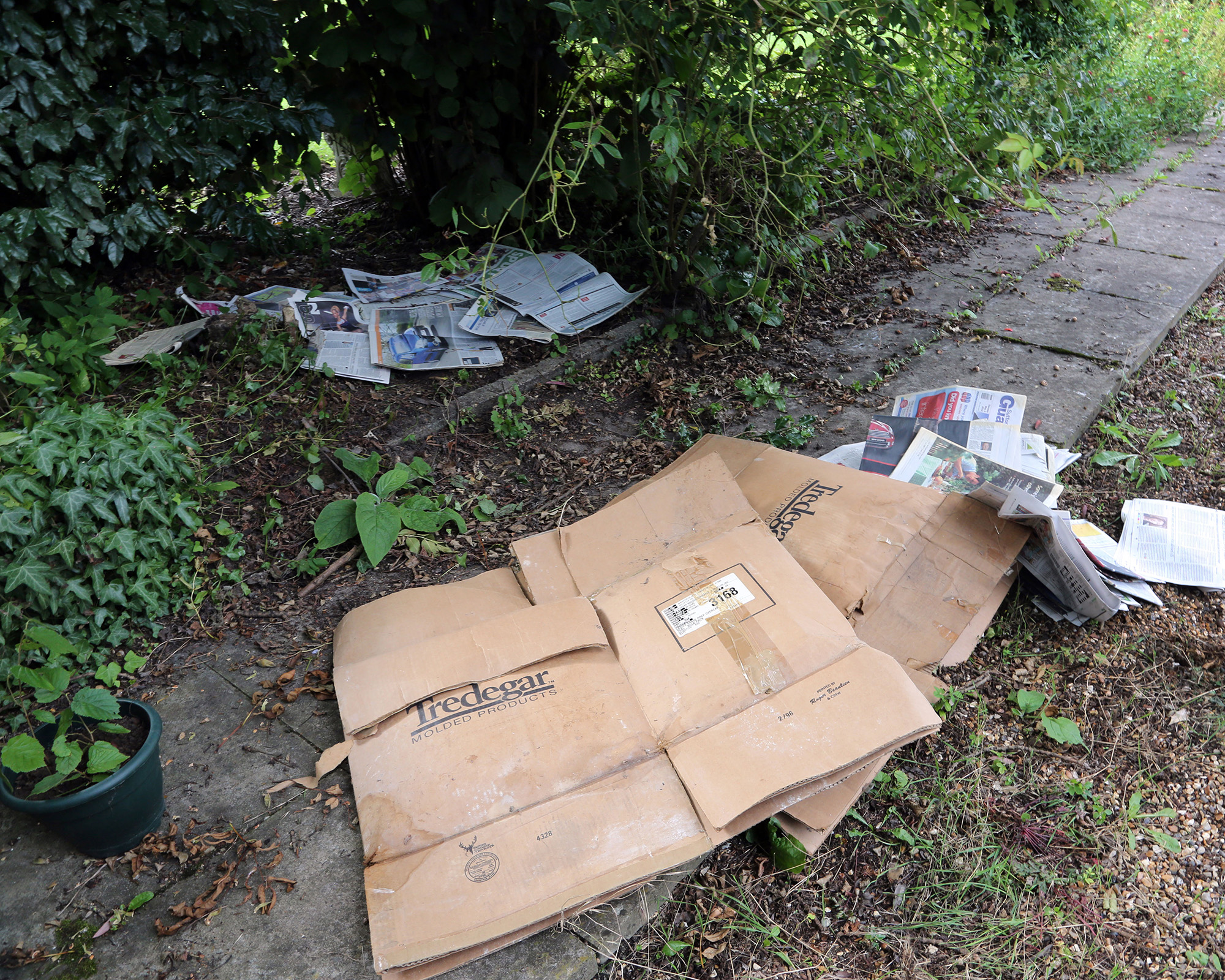
Cover patches of unwanted grass in your flower beds with material which blocks out the sunlight
3. Lift plants
'When couch grass has wrapped itself around the roots of other plants, it’s best to dig the whole plant up and tease out the couch roots,' says Emma O’Neill at Garden Organic, advising that it's worth making this part of your spring lawn care tasks. 'Spring is a great time to do it because you can clearly see where the grass is growing.'
This is suitable for perennial plants and newly planted roses and shrubs. However, established types of roses and shrubs can be difficult to remove and lifting them out could damage them – therefore weeding the grass out around them with a fork is preferable.
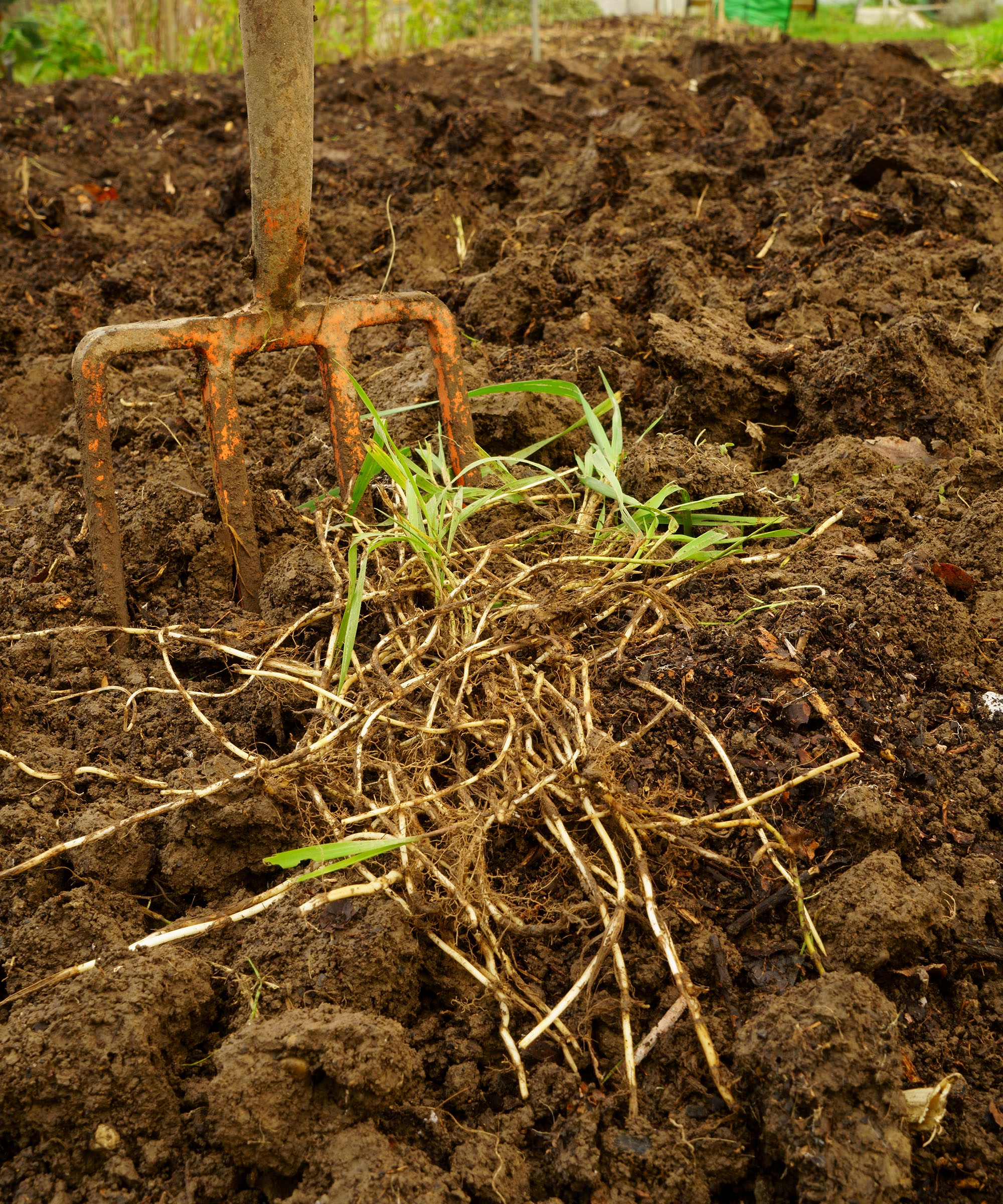
Couch grass is particular troublesome to get rid of
4. Use a flame gun
Another option for killing grass in flower beds is to use a flame gun, although you will need to be very careful that you don't damage other plants. They are widely available and work very well in some parts of the garden: such as a derelict border or a driveway.
'Using a flame thrower is great on a garden path, as long as you are precise,' says Emma O’Neill at Garden Organic. 'Be very careful that you don’t catch other plants. We use one here in the garden at Ryton, but only on the paths.'
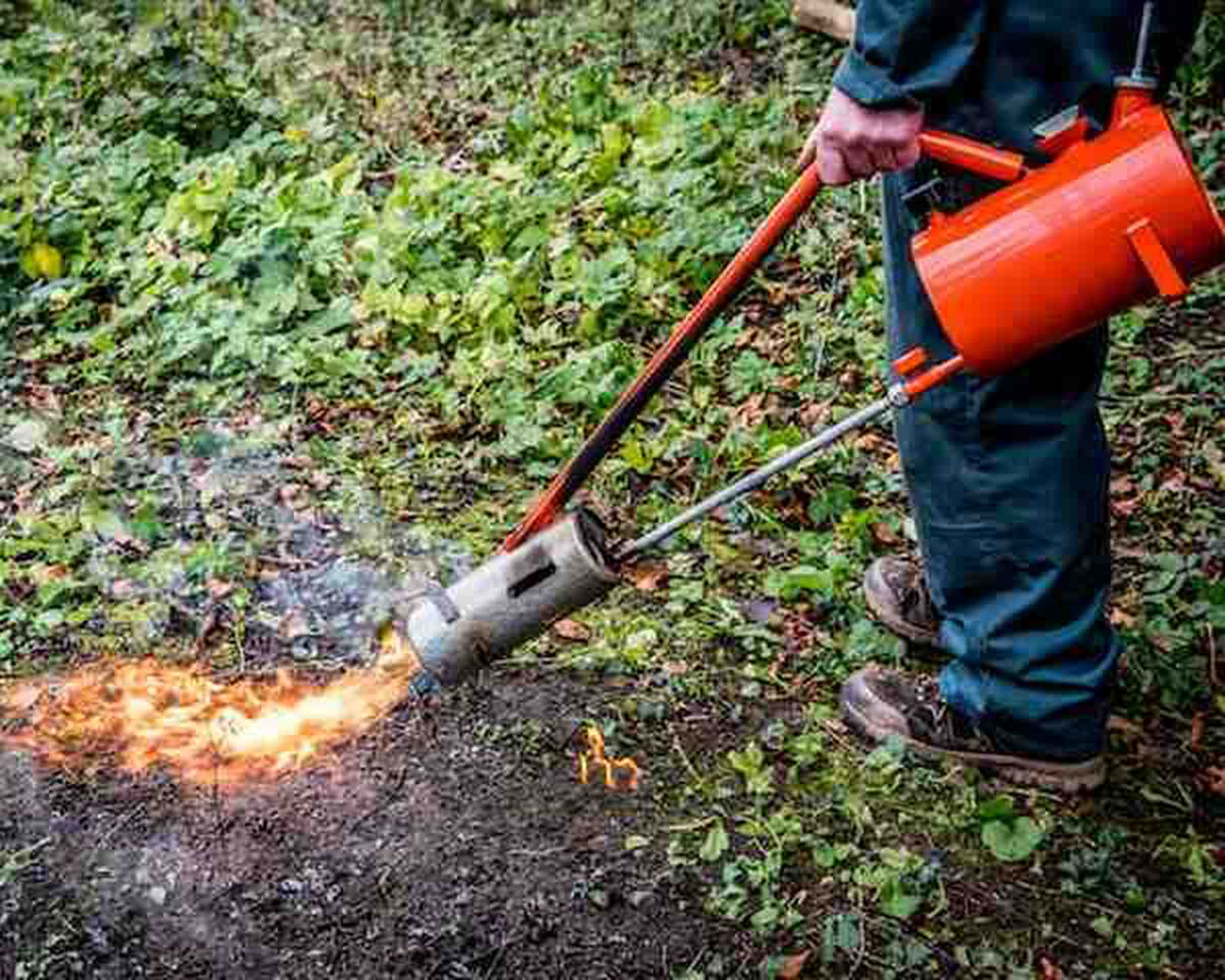
5. As a last resort try weedkiller
The best weed killer, such as Glyphosate-based products like Roundup, will clear up infestations of couch grass, but they will also kill other plants, and they are bad for the eco-system and wildlife. 'Roundup should only be used on very rare occasions,' says Derry Watkins, owner of Special Plants nursery and garden, near Bath.
'This includes dealing with really difficult weeds or clearing a site for planting. I used Roundup twice, 25 years ago, in order to clear the field that I subsequently created my garden on, and I haven’t used it since. It’s strong stuff – it should be a last resort.'
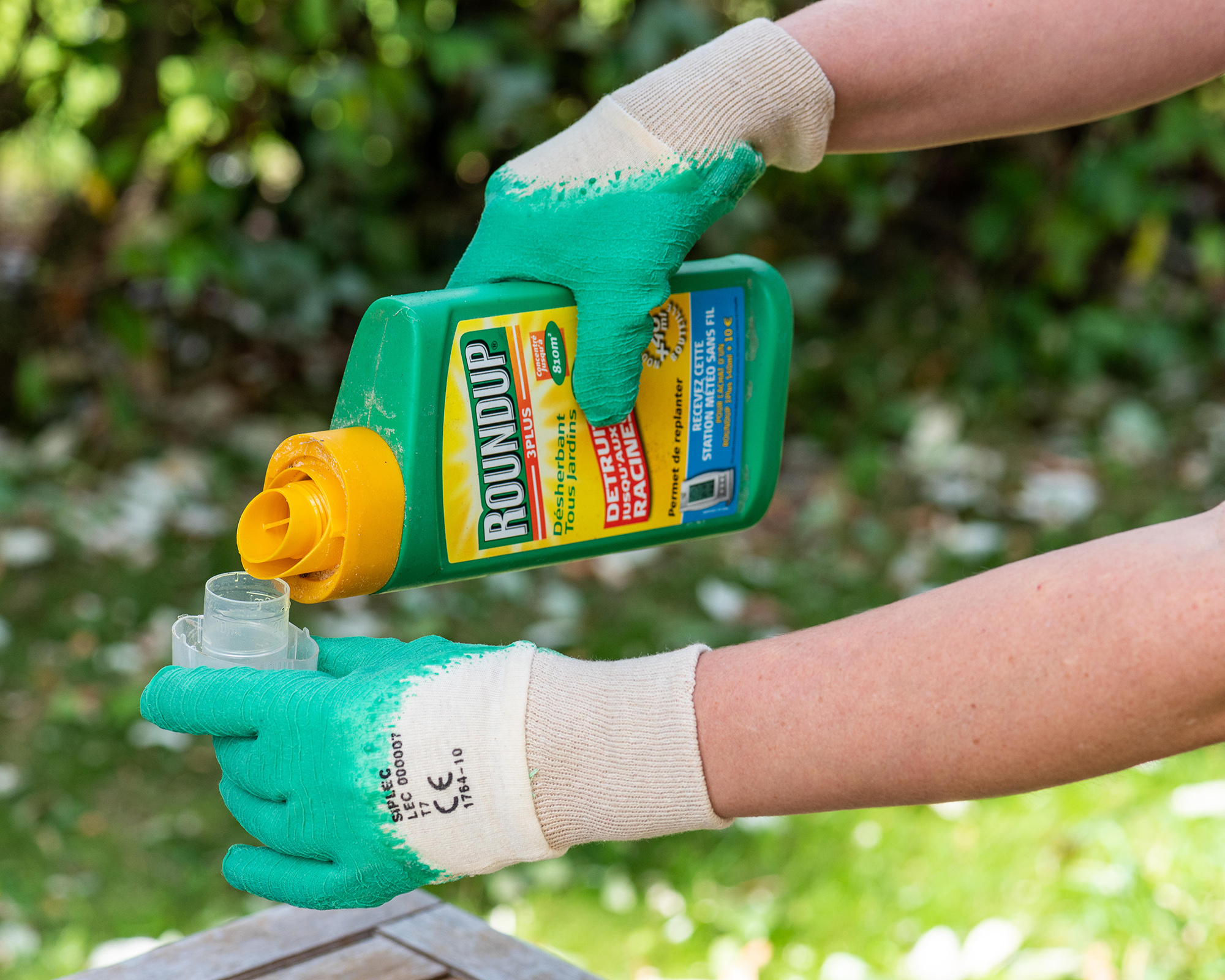
Using a chemical should be a last resort
Why does grass keep growing in my flower bed?
If you're struggling with how to get rid of grass growing in flower beds, it's probably because you didn’t remove the whole plant system the last time you weeded. This may be because the roots snapped as they were pulled out or because the grass has knitted itself around the roots of other plants in the border.
Take time to dig under the grass as much as possible and coax it out, rather than yanking from the top without digging. Lifting perennials is the best way to remove grass from their roots, but lifting shrubs is harder and could damage them.
Beware of plants from friends or small plant sales, which may harbour couch rhizomes – check the root system for couch’s distinctive white stems before adding a new plant to the garden.
How do you prevent grass growing in flower beds?
Lay down a mulch that suits the look of your garden, as well as the plants growing in it. For instance, you might choose bark chip in a woodland-style garden and gravel in a Mediterranean-style garden. The depth is crucial: the RHS advises 4-6in (10-15cm) minimum.
Derry Watkins seconds this, but she went further when creating the gravel garden next to her nursery: 'I put down 8in (20cm) of gravel, which is probably excessive,' she says, 'but I certainly never get any weeds.' As well as suppressing weeds, mulching conserves moisture (in turn reducing the amount of watering required), and coarse mulching prevents slug damage.
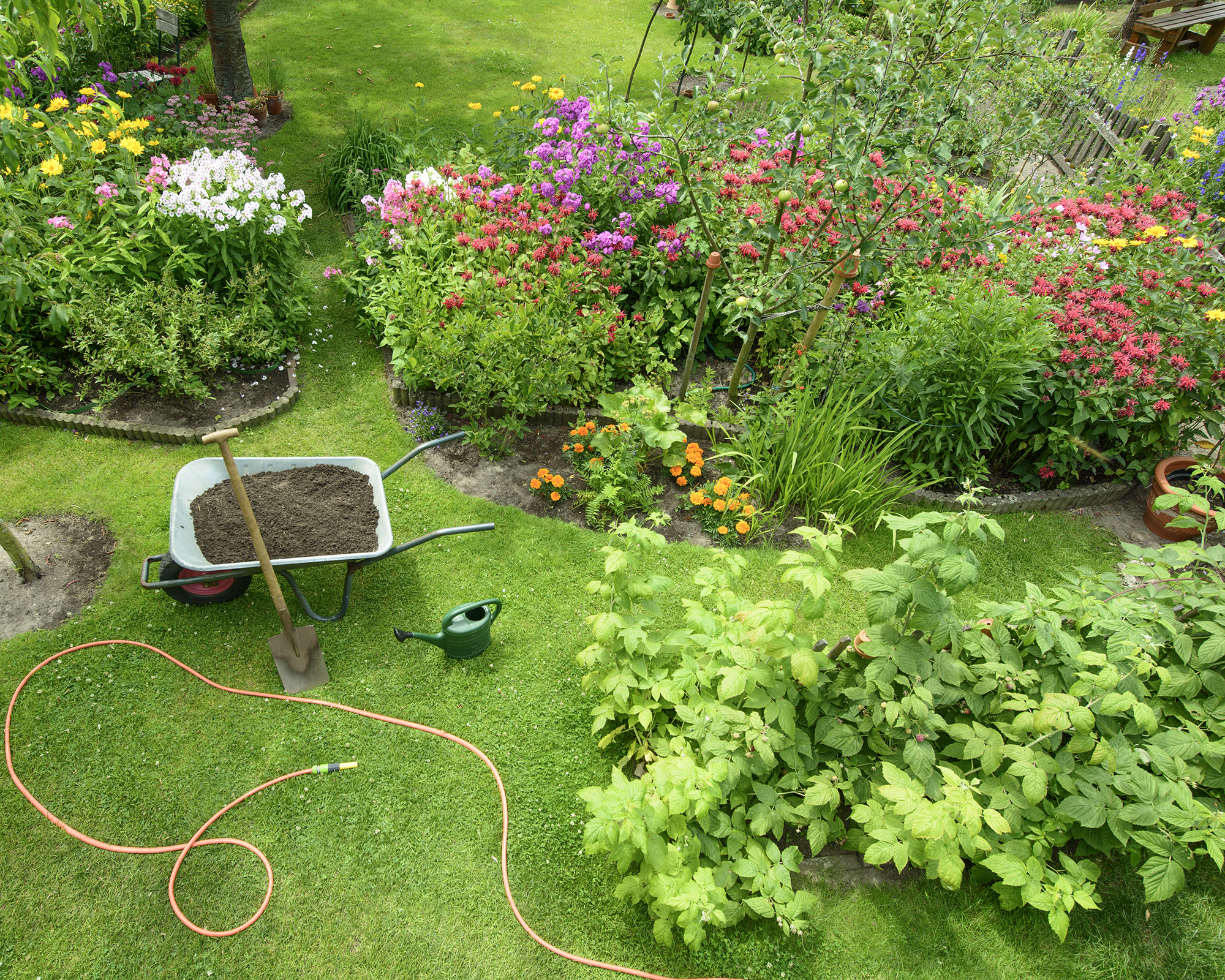
Mulching is a good preventative measure for grass growing in flower beds
How do I get rid of grass in my flower beds naturally?
There are three ways of killing grass in flower beds naturally: by hand, by covering the weeds in order to kill them by starving them of light, and by lifting plants to remove perennial grass from their roots. It is often suggested that using boiling water or white vinegar are two effective methods for an eco-friendly garden.
However, Emma O’Neill at Garden Organic, advises against it: 'Pouring boiling water on weeds such as grass kills them, but the trouble is it’s indiscriminate – you could damage other plants and the soil’s biodiversity, including insects and microorganisms, at the same time. Likewise, vinegar may seem harmless, but it will leach into the soil, altering its composition.'
Healthy soil creates robust plants that resist pests and disease well and increases the amount of natural predators in the garden, in turn reducing the need to use pesticides and fungicides, so it’s best to avoid damaging the soil.
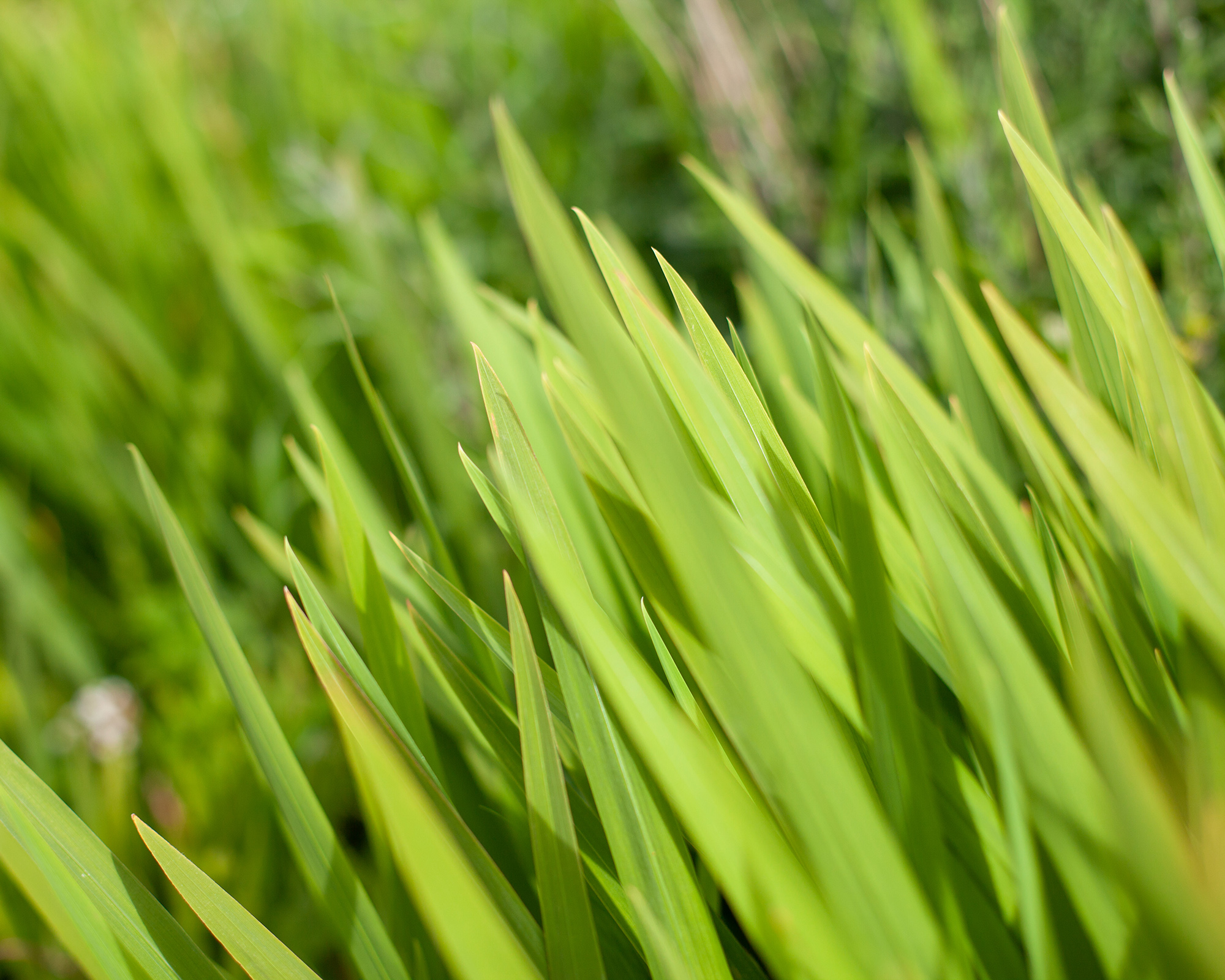
Pouring water on grass might cause damage to surrounding plants

For the past 18 years, Beth has worked for and contributed to a number of leading magazines in the UK, including Real Homes, Ideal Home, Period Living, Grand Designs and Good Homes amongst others. Now the editor of Gardeningetc.com, Beth's attention is firmly outdoors. Her own garden is a really important part of her family's home, and she loves spending time tending to the veg patch or entertaining friends and family at a summer BBQ or alfresco pizza night.
